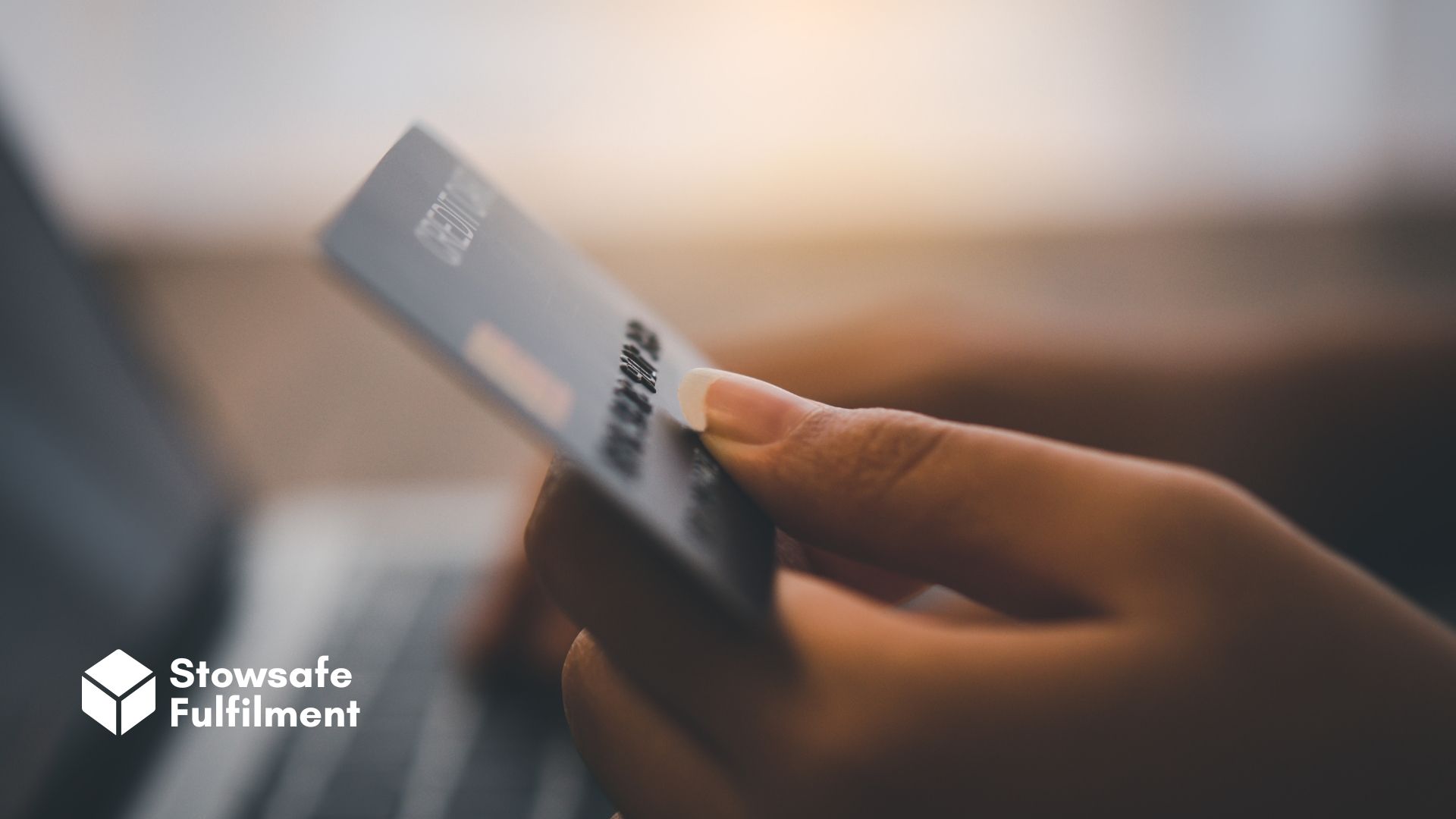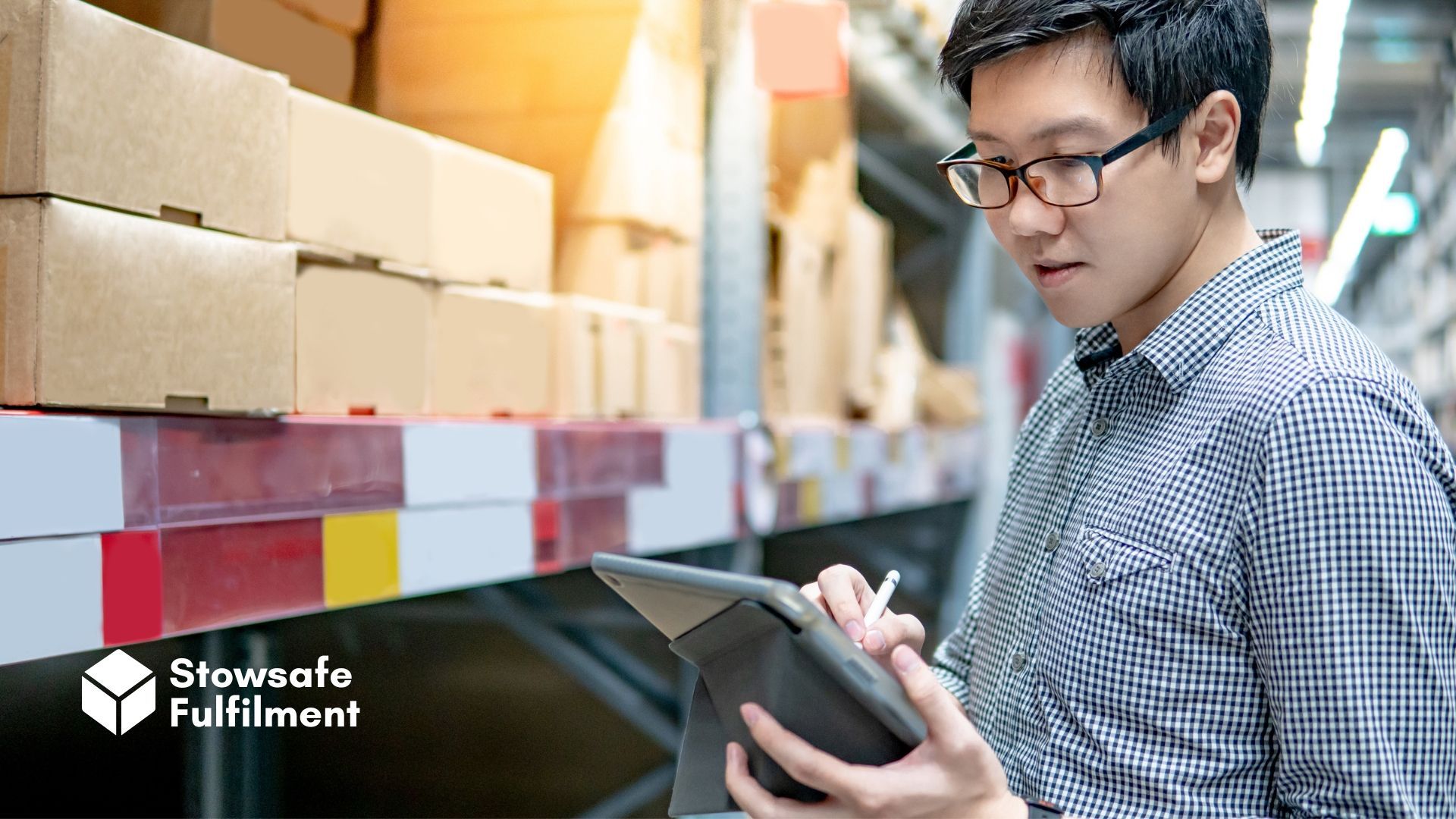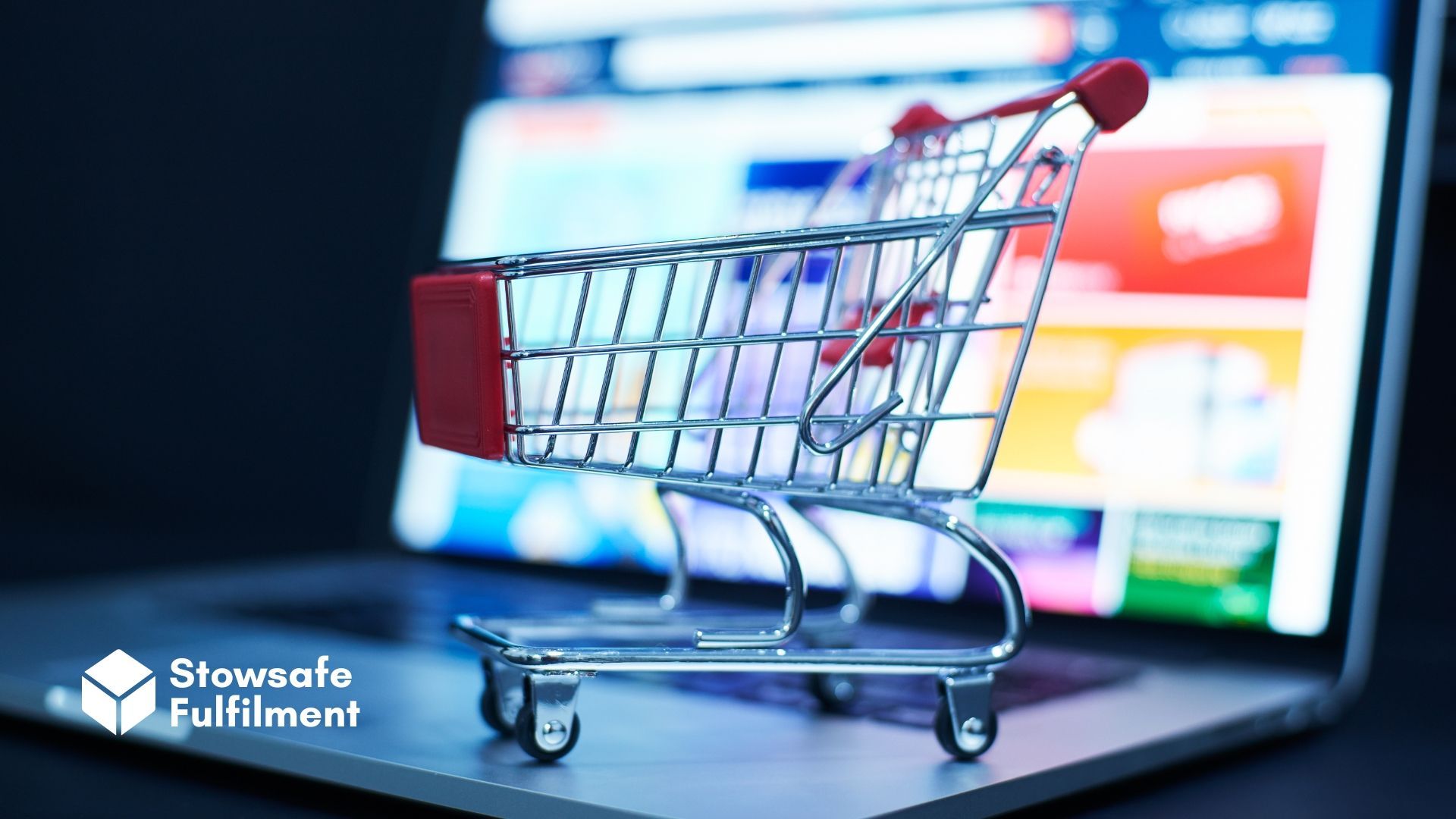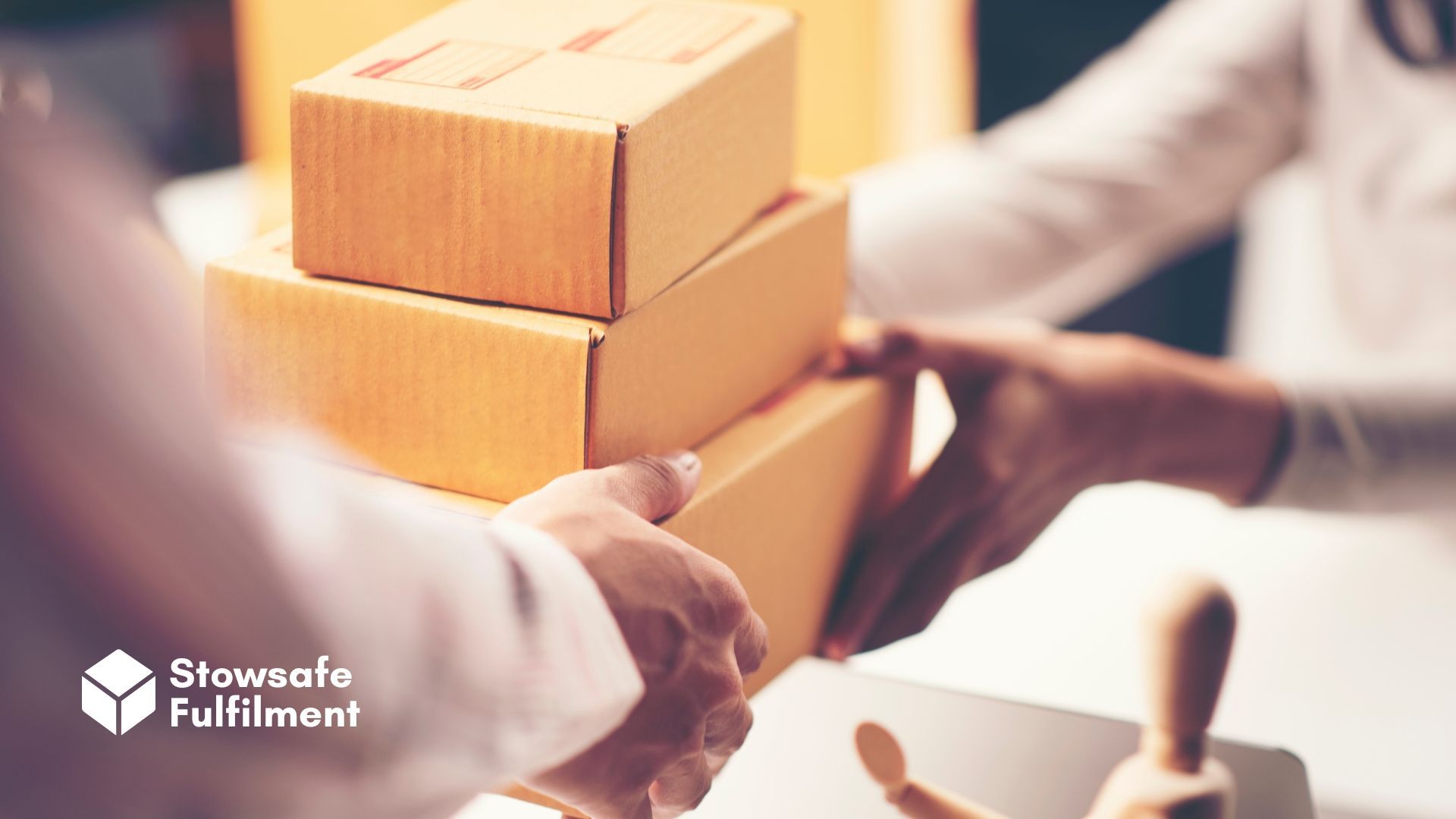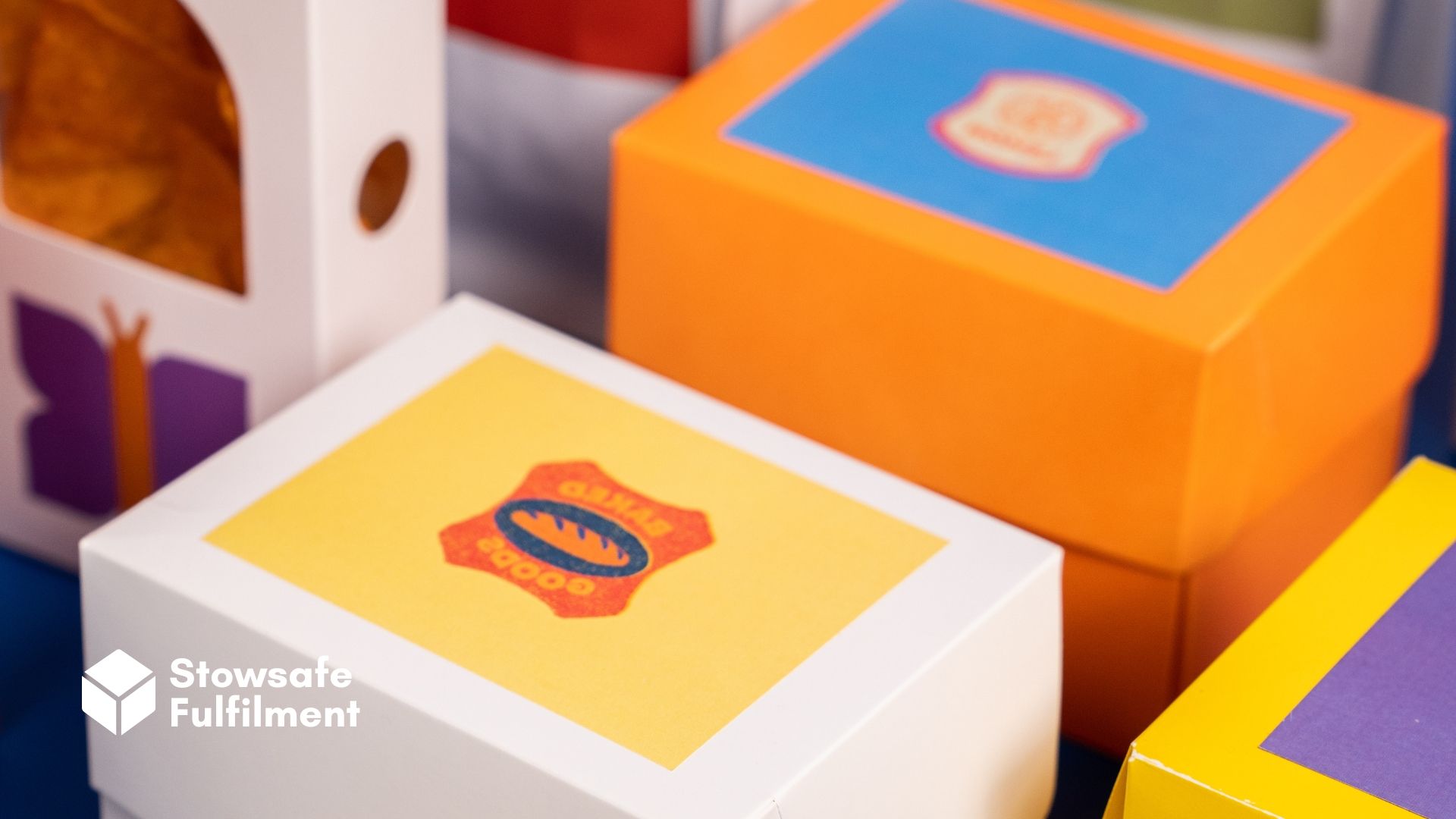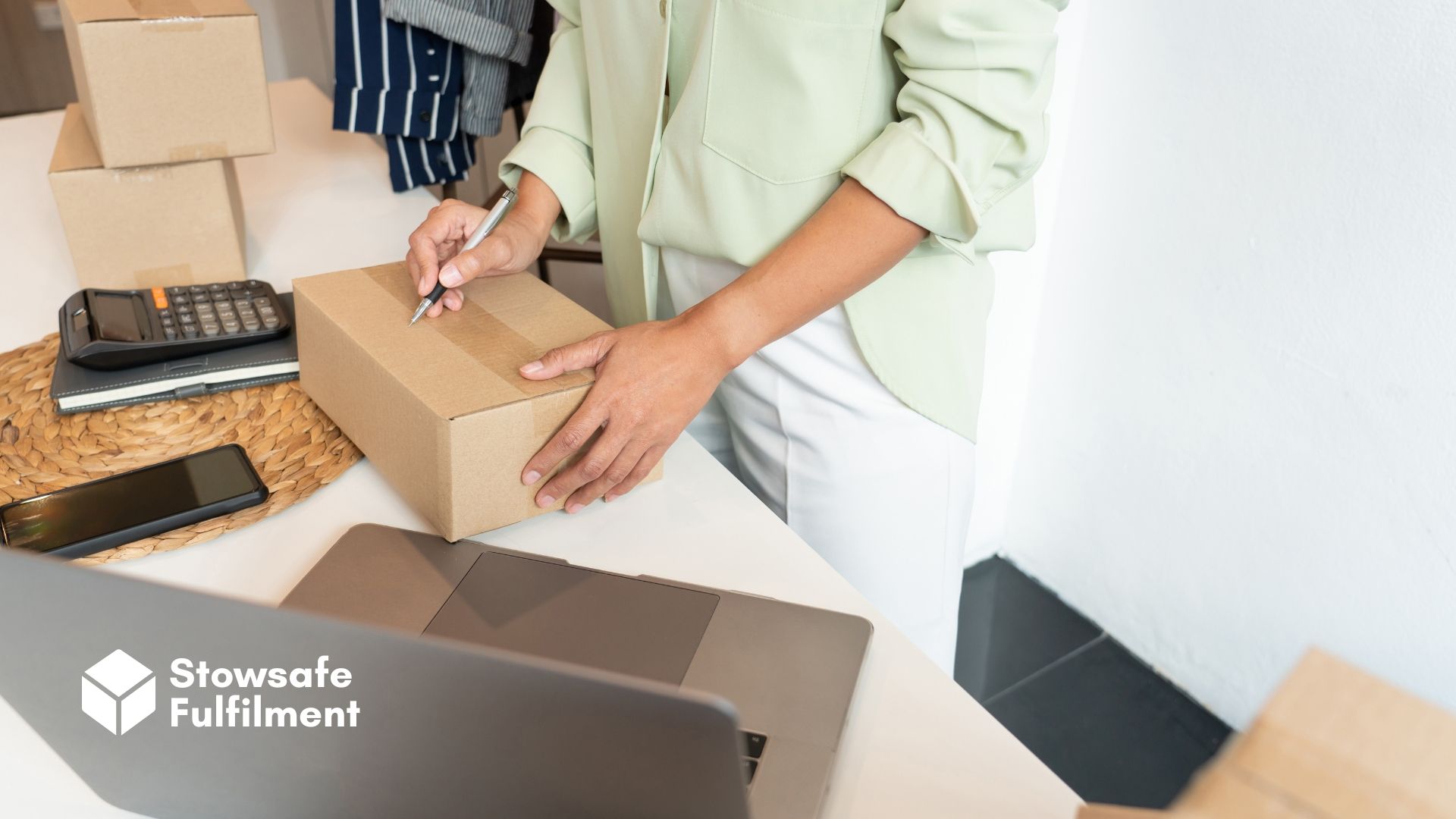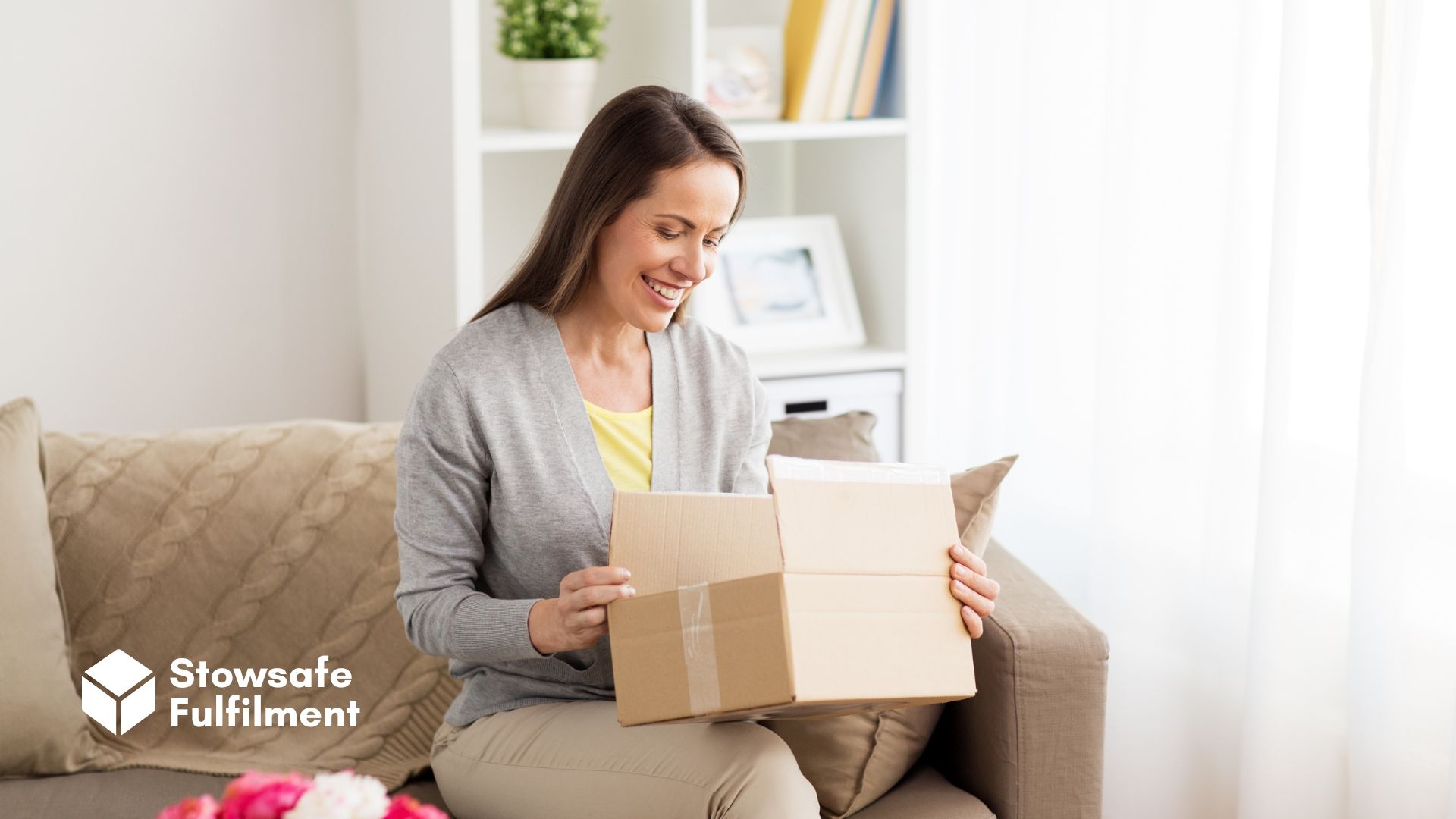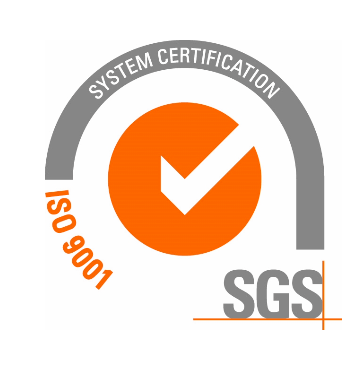Last-mile delivery is a notoriously hard nut to crack. Discover how regional fulfilment can help you streamline the process and boost customer retention.
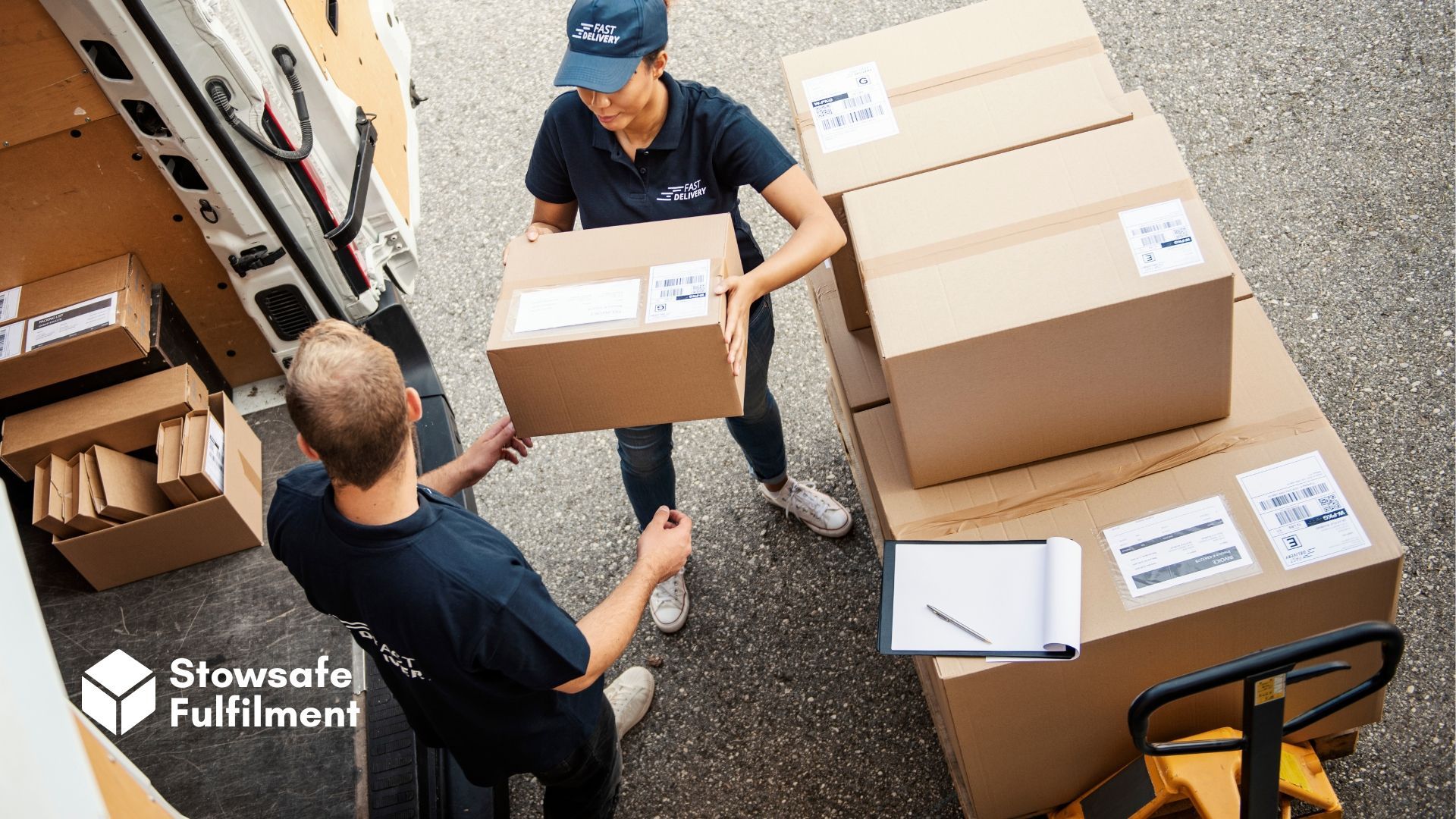
Life, they say, is a marathon, not a sprint. The same is true of order fulfilment.
Unless your business has been specifically designed to serve only the local community, your orders will typically travel down a long and winding road before they reach your customers. It's a long way from the warehouse to the doormat.
The last mile of the journey can be the hardest one to get right. Sadly, customers – and that includes you and us – have been spoiled by the likes of Amazon Prime. We expect fast, seamless delivery as a given. Your behind-the-scenes struggles don't matter to consumers used to next-day delivery. They just want their parcel to arrive on time.
For SMEs, however, the last mile can, on a bad day, be a logistical nightmare – and a costly one. But help is at hand in the form of regional third-party fulfilment.
You see, third-party fulfilment isn't always just a case of piling your products into a warehouse. It can also be about strategically leveraging a network of warehouses that you've chosen for their location – a web of facilities to handle last-mile delivery for you.
Interested? Then read on as we explore the challenges of last-mile delivery – and how regional fulfilment can overcome them.
What are the challenges of last-mile delivery?
The biggest challenge of last-mile delivery is that the industry titans have got it all sewn up. Their enormous budgets mean they can always undercut smaller businesses by providing fast delivery – and in the process, upping consumer expectations.
This doesn't mean that SMEs don't stand a chance. But it does mean that they have to nail the last mile or risk getting gobbled up by a beast of the jungle. And in practice, nailing the last mile is far from easy.
This is partly a case of logistics. Ever tracked your courier on a phone app? Watch for long enough and you'll see that they're darting around like a flea. They've got multiple deliveries to make in scattered destinations – and if they get held up in one location, the next customer is going to be twiddling their thumbs.

In the countryside, couriers have miles to go between drop-offs. In urban areas, traffic can create delays. In either case, the cruel reality is that a delay will reflect badly on your brand, no matter how well you mastered the rest of the process.
Sound familiar? Then you're probably on the lookout for solutions. Luckily for you, help is at hand in the form of regional fulfilment.
What is regional fulfilment?
Third-party fulfilment is where you outsource the handling and shipping of products. It's ideal for companies that are too big to be making their own trips to the Post Office but not big enough to purchase their own warehouse.
Typically, you choose a warehouse as your delivery hub. It doesn't matter where you are in the country (or world!) Your fulfilment provider will pick, pack and dispatch for customers in any postcode, no matter how far they are from your HQ.
Regional fulfilment is more specific – and more strategic. It involves working with individual warehouses for local last-mile delivery.
Let's say you're getting a lot of orders in from South West England. You could find a warehouse in the area and work with them specifically to fulfil those orders.
It takes planning, of course. First, you need to be on top of your sales data to know which areas to target. Secondly, you need to coordinate your regional fulfilment partner with other fulfilment centres – whether your own or run by another third party.
This might sound like a recipe for sleepless nights. But done well, it can help you to nail the last mile and go toe to toe with the next-day giants.
What are the benefits of regional fulfilment?
The main benefit is simple. It gets your products to your customer's doors more efficiently. But there are other benefits in the mix, too.
1. It strategically distributes your inventory
If you're based in the northeast and get a lot of orders from the southwest, you're going to be sinking a lot of money into shipping. Partnering with a local 3PL in South West England will slash these costs.
2. It keeps your overheads low
In business, growth is always welcome. But it often requires an increase in overheads. At worst, this means that profits get eaten into by the very overheads that make them possible.

A 3PL will have the resources and manpower to deal with a spike in sales. You get to leverage that infrastructure without investing in your own. This is good for your to-do list and your bottom line.
3. It optimises your routes
A good 3PL will have an automated courier selection process in place. This means that when an order comes through, the most efficient courier will be selected to deliver it.
The result? Your routes are optimised. No more inefficient deliveries as your courier darts from door to door. No more delays. And, crucially, no more online reviews complaining about them.
4. It keeps the customer satisfied
At the end of the day, this is the big sell for regional fulfilment. At a time when small businesses are continually undercut by high street and multinational companies, regional fulfilment enables you to give customers what they expect: fast, seamless delivery. Nail the last mile and your customers are far more likely to come back for seconds.
Final thoughts
Last-mile delivery is a thorn in many an SME's side – not to mention its customers'. Working with a trusted, strategically located 3PL can make this problem a thing of the past, keeping your customers on-side as well as cutting costs.
Are you looking for a regional fulfilment partner in South West England? At Stowsafe, we're the proud owners of a secure, 24,500-square-foot
online fulfilment centre – and we offer a scalable service that's tailored to each client. Interested?
Get in touch today for a free, no-obligation consultation.
All Rights Reserved | Stowsafe Fulfilment

